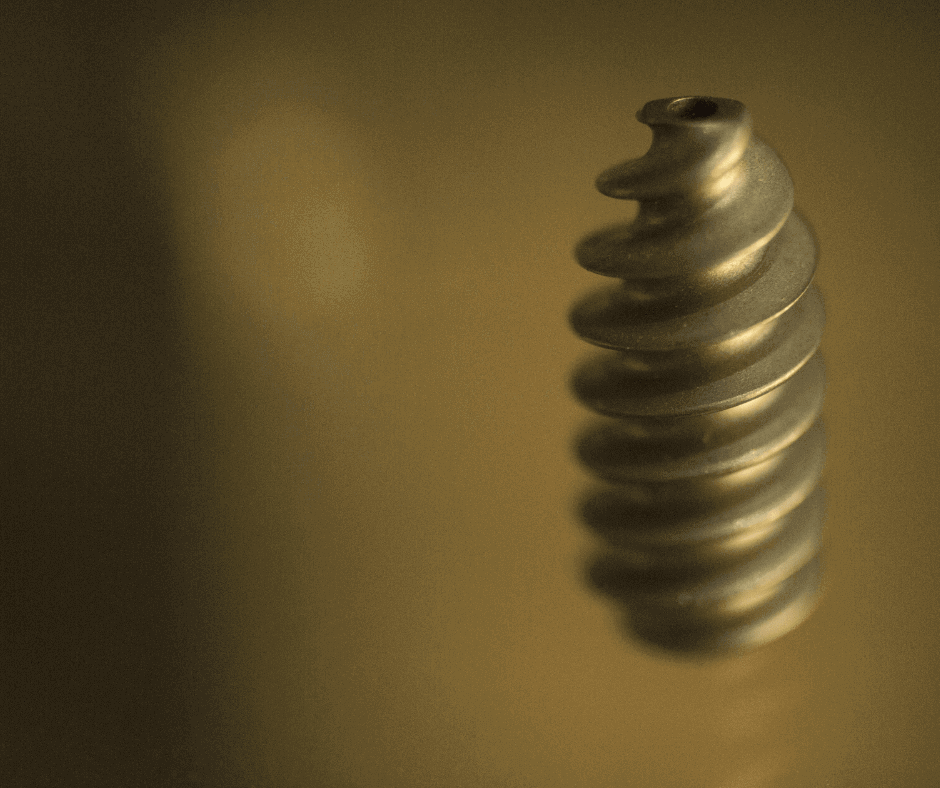As mentioned in our Classification and Grouping Ultimate Guide, there are a series of rules to consider when classifying and grouping medical devices. The above-mentioned rules are fully explained in Appendix II – Supplement of medical devices of the Mexican Pharmacopeia (FEUM).
In this article we will focus on explaining strategies to classify and group orthopedic implants following simple general rules and explain some particularities that can be found in these type of devices according to our everyday experience.
As an alternative, we also prepare a video with a brief summary of this article.
General characteristics of Orthopedic Implants
Most orthopedic implants are sold with the surgical instruments necessary for their placement. These devices are packed in stainless steel boxes including non-sterile implants and instruments to be autoclaved. However, there are cases in which the instruments or implants are sterilized from origin by the manufacturer.
On the other hand, any company could have a single kit of surgical instruments to be used with several commercial brands of orthopedic implants. This situation has regulatory implications that we will explain in the following sections.
Classification according to the level of risk
Orthopedic implants by its nature are classified as long-term implantable (invasive) medical devices and according to their level of risk are generally classified as Class III – Rule 8.
Moreover, instruments used to place these implants are considered as surgical materials and can be classified as class I or class II according to their characteristics:
- When reusable and usually not sterilized (Class I). Rule 6.
- Single use and sterilized (Class II). Rule 6.
Grouping for Sanitary Registration purposes
Surgical implants can be grouped in the same Sanitary registration if they:
- are made by the same manufacturer,
- have the same brand name or trademark and the same intended use and
- are manufactured with the same materials and technology.
On the other hand, surgical instruments follow the same rules plus:
- it is not possible grouping single-use sterilized surgical instruments with non-sterilized versions, because each type has a different classification.
Additional considerations
After reviewing the classification and grouping criteria, it is worth mentioning that a separate sanitary registration must be requested for each trademark.
Furthermore, all instruments must be registered separately, and it is recommended to group instruments intended for the same type of implant. The only exception are general surgical instruments (which are not intended for any particular implant). In this case they must be grouped by its indication of use, with the same criteria as class I (non-sterilized), class II (sterilized).
Finally if the implant is packed with the sterilized instruments, it can be included in the same sanitary registration. This is a common case in arthroscopy supplies. In this case, the product will be considered as Class III.
Thanks for reading this article, if you have any question about this topic, feel free to contact us at contact@veraqueconsulting.com or check our guides.

